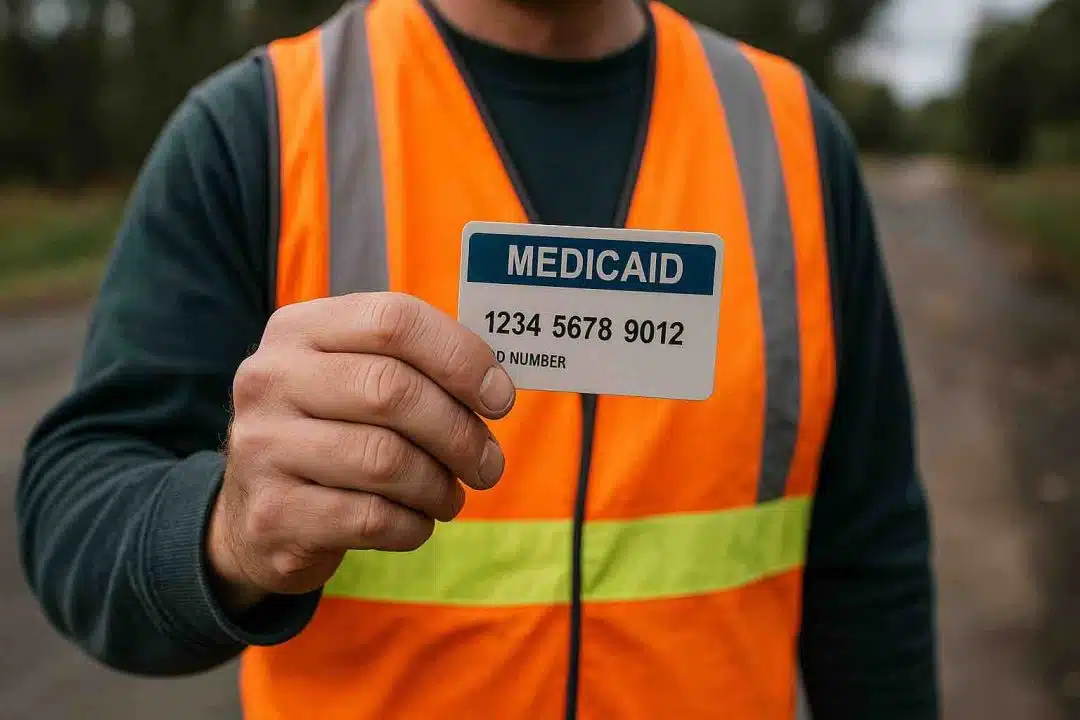
Long-term care expenses can devastate a family’s finances, especially when one spouse requires institutional care while the other remains at home. To prevent this, Medicaid enforces “spousal impoverishment” rules designed to ensure the community spouse—the one not receiving care—can maintain financial stability.
The new 2025 standards reflect modest increases in protected income and resource limits, helping more families avoid financial collapse as they navigate elder care and Medicaid eligibility.
What is spousal impoverishment?
In 1988, Congress enacted spousal impoverishment rules in response to growing concerns that Medicaid applicants’ spouses had little or no resources. These provisions protect the community spouse from becoming destitute while the other receives Medicaid-covered long-term care, either in a nursing facility or through a home- and community-based services (HCBS) waiver.
These rules take effect after Medicaid determines eligibility and apply when calculating how much of the institutionalized spouse’s income can go to the partner at home.
2025 spousal impoverishment standards
The Centers for Medicare & Medicaid Services (CMS) released the updated 2025 limits in a bulletin dated May 28, 2025. Here are the key figures:
- Minimum Monthly Maintenance Needs Allowance (MMMNA):
$2,643.75 (48 contiguous states)
$3,303.75 (Alaska)
$3,040.00 (Hawaii) - Maximum MMMNA:
$3,948.00 - Community Spouse Monthly Housing Allowance:
$793.13 (48 states),
$991.13 (Alaska),
$912.00 (Hawaii) - Community Spouse Resource Standards:
- Minimum: $31,584
- Maximum: $157,920
- Home Equity Protection Limits:
- Minimum: $730,000
- Maximum: $1,097,000
These thresholds ensure that the community spouse can keep a certain amount of income and assets while their partner receives long-term care services through Medicaid.
How post-eligibility treatment of income works
After an individual qualifies for Medicaid, officials reassess their income to determine how much they must contribute toward their care. This process, called post-eligibility treatment of income, includes several key deductions:
- A personal needs allowance (at least $30)
- The community spouse’s income allowance, if applicable (linked to MMMNA standards)
- A family monthly income allowance, if other dependents live in the household
- Any medical expenses incurred by the institutionalized spouse
After making these deductions, Medicaid applies the remaining income to the cost of institutional care or home-based services.
Why it matters: Avoiding financial devastation
The cost of nursing home care—ranging from $5,000 to $8,000 per month—can rapidly deplete retirement savings. Without Medicaid and its spousal impoverishment protections, long-term care costs could force many older couples to exhaust their life savings, sell their homes, or face financial insecurity.
These rules safeguard community spouses, allowing them to avoid poverty even when their partner requires intensive medical care.
What happens next?
Medicaid’s annual updates to spousal impoverishment protections reflect both inflation and policy adjustments. Advocates recommend families consult Medicaid planners or elder law attorneys early when considering long-term care options.
For more information, you can visit the CMS Spousal Impoverishment page.
